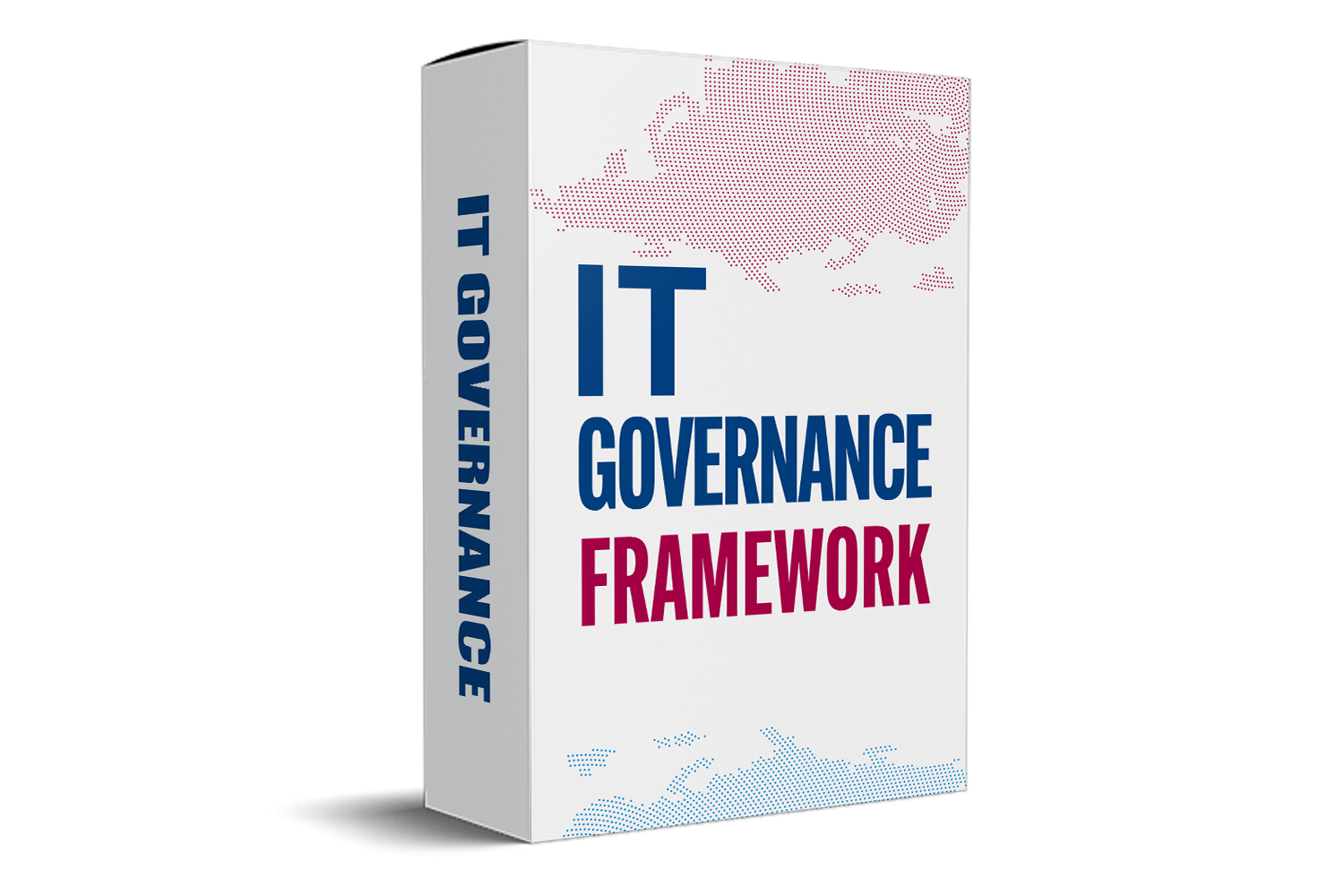Internal Audit Work Program Template: A Comprehensive Guide to Streamlining Your Audit Process
Organizing an internal audit can sometimes feel like trying to solve a complex puzzle. But having a clear, well-crafted internal audit work program template simplifies the process. It acts as a roadmap, guiding your team step-by-step through the audit. With a solid template, you cut down on wasted time, improve the quality of your findings, and stay compliant with rules and regulations. Plus, recent trends favor automation and standardization, making your audits more efficient than ever.
Why an Internal Audit Work Program Matters
Setting the Purpose and Showing the Benefits
An audit work program isn’t just a list—it’s a plan. It tells your team what to do, why it matters, and what outcomes you expect. When you use a good template, you make sure everyone is on the same page. It helps catch issues early, keeps your organization compliant, and points out ways to get better. Without it, audits can be uneven and incomplete—like trying to find your way with a map that’s missing key roads.
Consistency Means Better Results
Standardized templates help your team follow the same steps each time. This means your audits are more consistent, fair, and thorough. Think of it like using a recipe—when you follow the same instructions, the dish turns out just right. Good planning directly boosts your audit quality, giving you confidence that you’re catching everything from small errors to major risks.
Core Components of an Internal Audit Work Program Template
Scope and Goals
Clearly state what parts of the organization you'll review. Are you focusing on financial reporting, IT systems, or operational processes? Define what you want to achieve too—perhaps to improve controls, check compliance, or identify cost-saving opportunities. Make your goals specific, so your team knows exactly what success looks like.
Risk Analysis and Planning
Identify the main risks ahead of time. Use risk assessment tools like risk matrices or check past audit reports for clues. Prioritize the risks so you focus on what could cause the most damage or violate regulations. This way, your audit is targeted, not just busywork.
Audit Procedures and Tests
Outline what steps you’ll take. Include checklists, sample sizes, and testing methods. For example, in a financial audit, you might verify invoices or reconcile bank statements. For operational audits, observe processes and interview staff. These procedures ensure your team covers all bases.
Resource and Timeline Management
Assign roles for each part of the audit. Who will review what? When should tasks be completed? Set realistic deadlines. Managing resources carefully keeps your audit on track and ensures every step is completed thoroughly.
Evidence Collection and Documentation
Best practices emphasize collecting proper evidence. Take clear notes, save digital files, or capture screenshots. Using audit management software can streamline the process. Well-maintained records support your findings and make audits more transparent.
Review and Quality Check
Before issuing reports, have supervisors and peers review the work. Double-check that procedures align with standards like those from the Institute of Internal Auditors (IIA). Quality checks prevent mistakes and boost credibility.
Final Report and Follow-Up
Create clear, concise reports. Highlight key issues, their impact, and suggested fixes. Share findings with management and set follow-up dates. Follow-ups confirm that corrective actions are actually implemented.
Crafting an Effective Internal Audit Work Program Template
Customizing for Different Units
Every department has unique risks and processes. Adapt your template to suit each area—finance, IT, operations—so it’s relevant. Specificity makes audits more useful and less generic.
Meeting Regulatory and Industry Standards
Align your template with laws like Sarbanes-Oxley (SOX), GDPR, or ISO standards. Include controls required by those regulations. This keeps your organization safe from penalties and reputational damage.
Using Technology to Your Advantage
Employ tools like audit management software or data analytics platforms. Automation speeds up repetitive tasks, uncovers patterns faster, and reduces manual errors. Embracing technology makes your audits smarter and more efficient.
Rolling Out and Improving Your Audit Work Program
Training and Clear Communication
Make sure your team understands how to use the template. Conduct training sessions and clarify objectives. Clear communication helps everyone perform their best.
Monitoring and Continuous Improvements
Gather feedback from auditors after each cycle. Notice what’s working and what’s not. Use these insights to update and refine your template regularly. Learning from real-world experience keeps your audits sharp.
Success Stories
Many organizations improved their audit results with structured templates. For example, a manufacturing company optimized their control checks and cut errors by adopting a standardized work program. Industry leaders share how consistency and technology integration lead to better, faster insights.
Conclusion
A well-designed internal audit work program template is a vital tool for any organization. It guides your team efficiently, enhances audit quality, and ensures compliance. Customization, a focus on risks, technology, and ongoing improvements keep your audits relevant and powerful. Start developing or refining your internal audit work program today. Doing so helps your organization become more transparent, compliant, and proactive in managing risks.



